
NPS/Andrew Langford In the late 1700s, fur traders traveled the great tributary of the Missouri River, the Yellowstone, in search of Native Americans with whom to trade. They called the river by its French name, “Roche Jaune.” As far as we know, pre-1800 travelers did not observe the hydrothermal activity in this area but they probably learned of these features from Native American acquaintances. The Lewis and Clark Expedition (1804–1806), sent by President Thomas Jefferson to explore the newly acquired lands of the Louisiana Purchase, bypassed Yellowstone. They had heard descriptions of the region, but did not explore the Yellowstone River beyond what is now Livingston, Montana. A member of the Lewis and Clark Expedition, John Colter, left that group during its return journey to join trappers in the Yellowstone area. During his travels, Colter probably skirted the northwest shore of Yellowstone Lake and crossed the Yellowstone River near Tower Fall, where he noted the presence of “Hot Spring Brimstone.” Not long after Colter’s explorations, the United States became embroiled in the War of 1812, which drew men and money away from exploration of the Yellowstone region. The demand for furs resumed after the war and trappers returned to the Rocky Mountains in the 1820s. Among them was Daniel Potts, who also published the first account of Yellowstone’s wonders as a letter in a Philadelphia newspaper. Osborne Russell also published an account of his fur trapping in and around Yellowstone during the 1830s and early 1840s. Mountain man Jim Bridger also explored Yellowstone during this time. Like many trappers, Bridger spun tall tales as a form of entertainment around the evening fire. His stories inspired future explorers to travel to see the real thing. As quickly as it started, the trapper era ended. By the mid-1840s, the market for beaver dropped, and trappers moved on to guiding or other occupations. Looking for GoldDuring 1863–1871, prospectors crisscrossed the Yellowstone Plateau every year and searching for gold and other precious minerals. Although gold was found nearby, no big strikes were made inside what is now Yellowstone National Park. 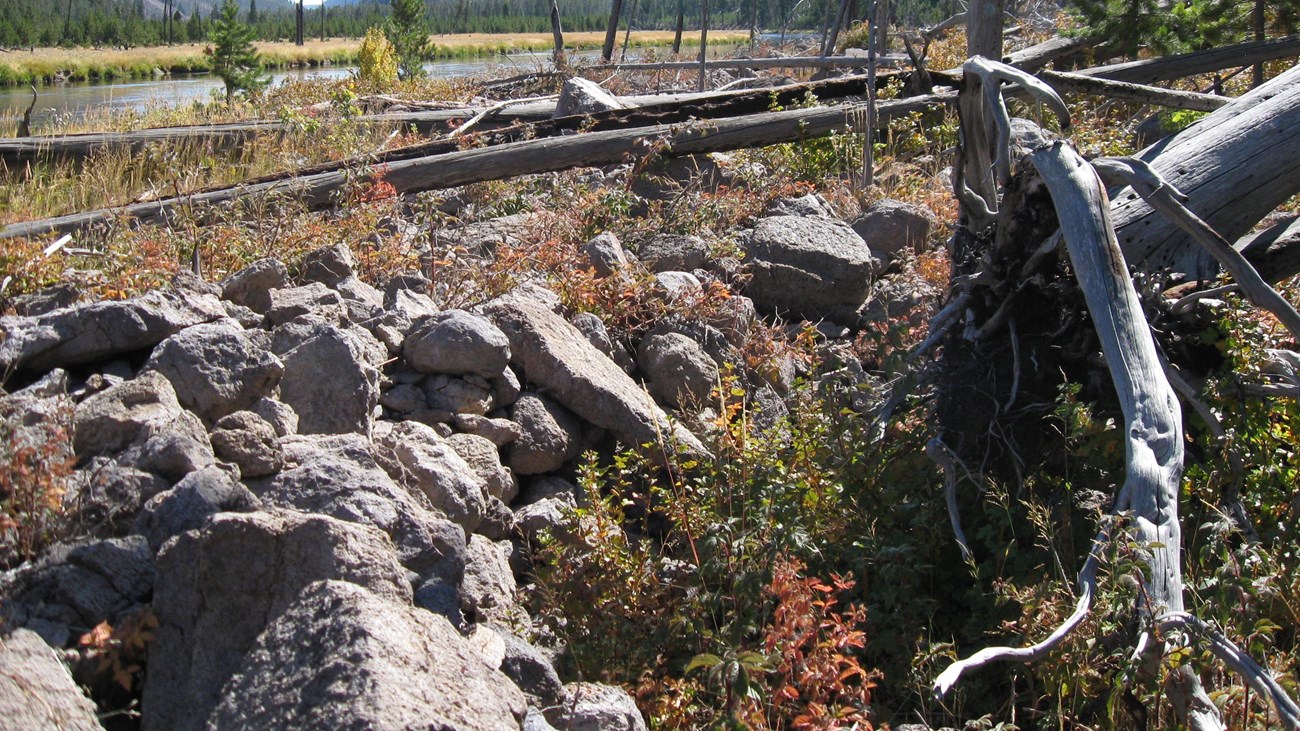
Park History
Learn about Yellowstone's story from the earliest humans to today. 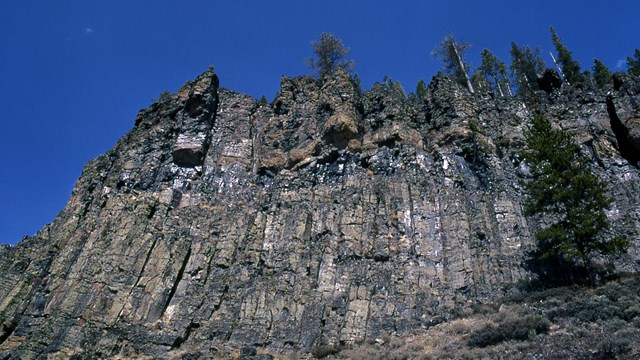
The Earliest Humans in Yellowstone
Human occupation of this area seems to follow environmental changes of the last 15,000 years. 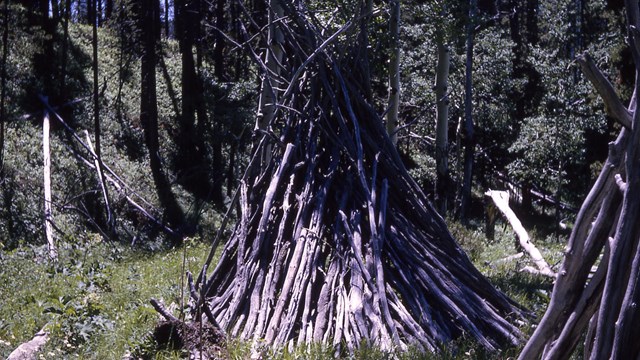
Historic Tribes
Many tribes have a traditional connection to this region and its resources. 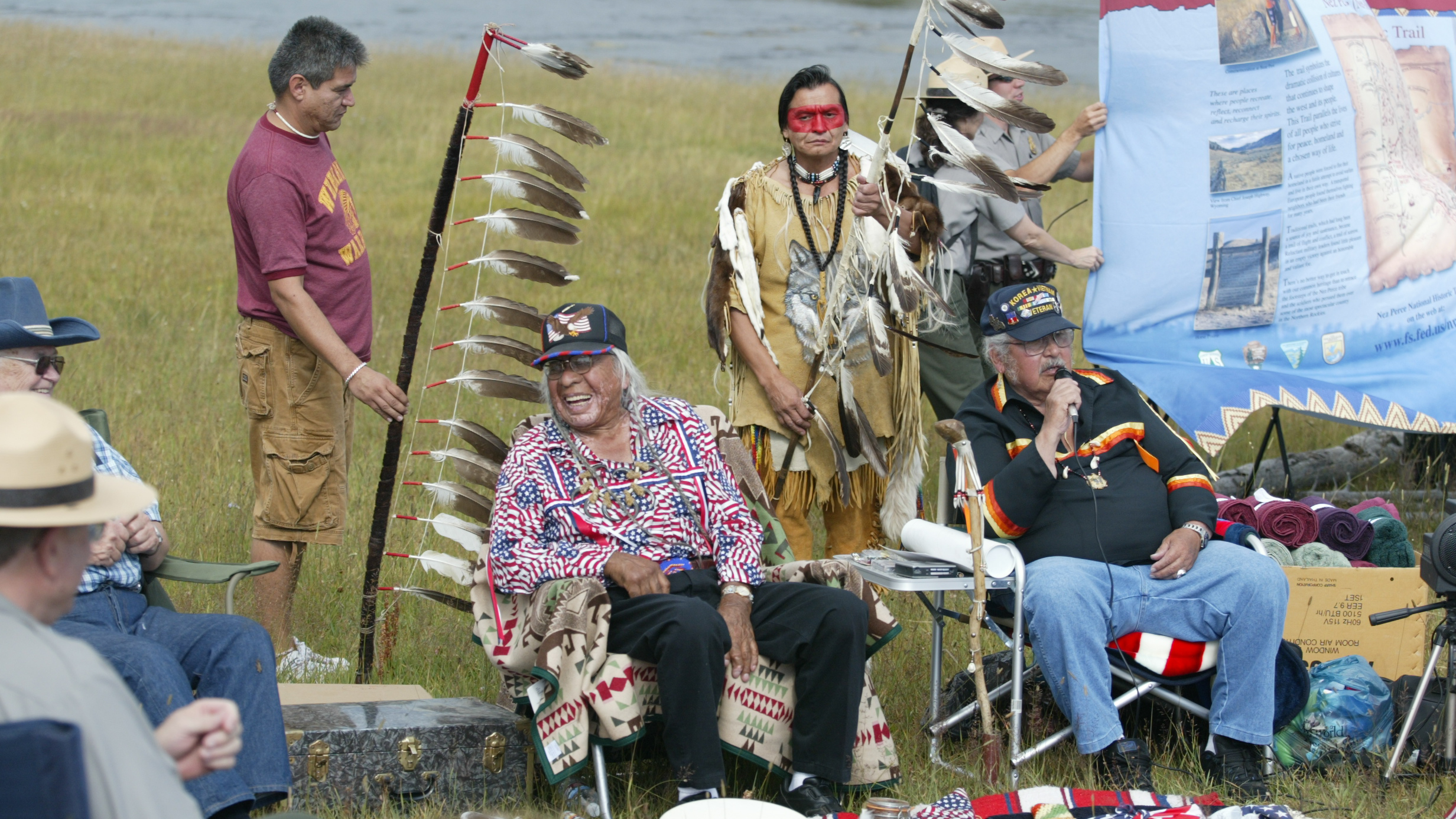
Timeline of Human History in Yellowstone
The human history of the Yellowstone region goes back more than 11,000 years. 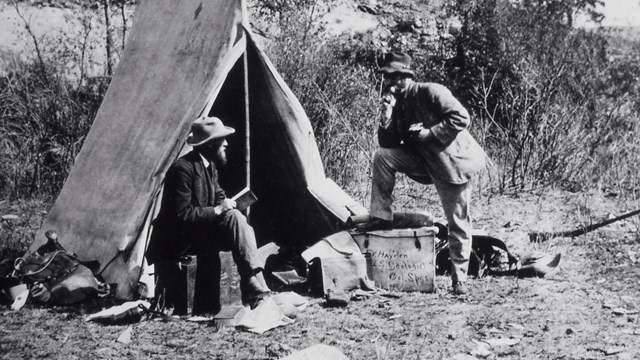
Expeditions Explore Yellowstone
Formal expeditions mapped and explored the area, leading to the nation's understanding of the region. 
Birth of a National Park
Learn about Yellowstone's early days as a national park. 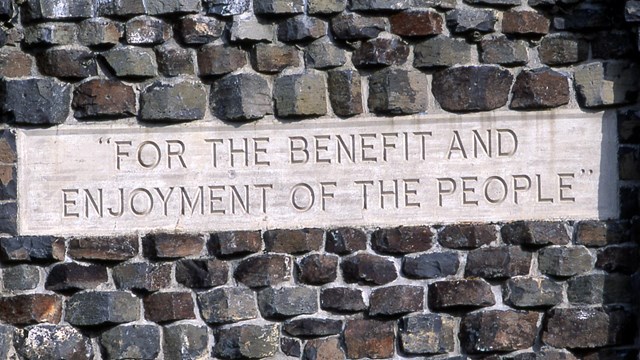
Modern Management
Managing the national park has evolved over time and dealt with some complex issues. 
Today's National Park Service
The National Park Service manages over 80 million acres in all 50 states, the Virgin Islands, Puerto Rico, Guam, and American Samoa. |
Last updated: April 18, 2025
